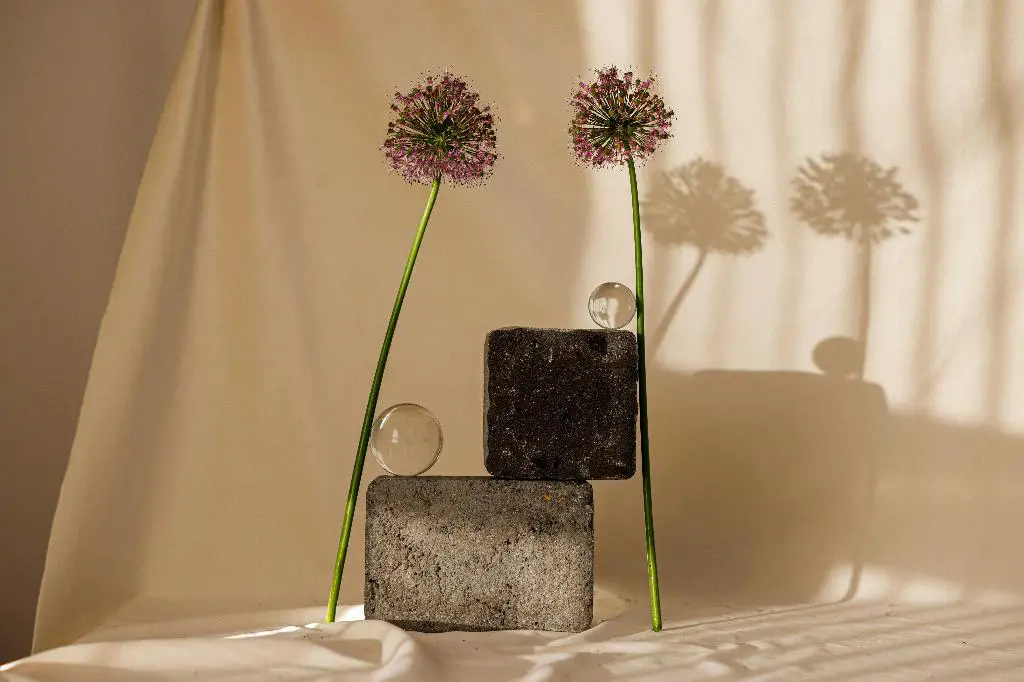Allium plants, commonly known as ornamental onions, are a diverse group of flowering plants that belong to the same family as garlic, onions, and chives. With over 700 species, alliums come in various shapes, sizes, and colors, making them a popular choice for gardeners looking to add a unique touch to their landscapes. From the petite Allium moly to the towering Allium giganteum, these plants exhibit a wide range of characteristics that make them intriguing additions to any garden.
Allium plants are known for their rounded clusters of small flowers that sit atop long, slender stems. These blooms can range in color from vibrant purples and blues to pinks, whites, and even yellows. The distinctive globe-like shape of the flowers adds a visually stunning element to garden beds and borders, attracting attention from both humans and pollinators alike.
Factors Influencing Blooming Period of Allium
The blooming period of allium plants is influenced by various factors, including environmental conditions and the plant’s growth cycle. Alliums typically bloom from late spring to early summer, with most varieties offering a blooming period of two to four weeks. However, factors such as temperature, sunlight, soil quality, and water availability can impact the duration and intensity of the blooming period.
Environmental factors play a significant role in determining when and how long an allium plant will bloom. Adequate sunlight is essential for promoting healthy growth and encouraging prolific blooming. Additionally, well-draining soil that is rich in nutrients can provide the necessary foundation for alliums to thrive and produce vibrant, long-lasting blooms.
Duration of Allium Bloom
The duration of allium bloom can vary depending on the species and environmental conditions. In general, most allium plants offer a blooming period lasting anywhere from two to four weeks. However, some species, such as Allium karataviense and Allium Christophii, may bloom for a longer period, providing gardeners with extended enjoyment of their captivating flowers.
It is essential to note that individual allium plants within the same species may also exhibit variability in their blooming period. Factors such as planting location, soil quality, and care practices can influence the timing and duration of bloom for each plant, highlighting the importance of providing optimal growing conditions to maximize the flowering potential of alliums.
Tips for Extending Allium Blooming Period
To prolong the blooming period of allium plants in your garden, implementing proper soil and watering practices is crucial. Alliums thrive in well-draining soil that is slightly alkaline and rich in organic matter. Ensuring that the soil is amply moist but not waterlogged can help promote healthy growth and vibrant blooms throughout the flowering season.
Deadheading, the process of removing spent flowers from the plant, is another effective technique for extending the blooming period of alliums. By regularly deadheading faded blooms, gardeners can encourage the plant to redirect its energy towards producing new flowers, resulting in a more extended and abundant blooming period.
Significance of Blooming Duration in Gardening
The duration of blooming period in allium plants plays a significant role in enhancing the overall aesthetics and visual appeal of a garden. The striking colors and unique shapes of allium blooms can add a pop of color and texture to garden beds, borders, and containers, creating a focal point that attracts attention and creates visual interest.
Furthermore, the extended blooming period of allium plants can attract pollinators such as bees, butterflies, and hummingbirds to the garden, supporting biodiversity and promoting ecological balance. By providing a continuous source of nectar and pollen, alliums help sustain pollinator populations and contribute to the health and vitality of the garden ecosystem.
Conclusion
In conclusion, the blooming period of allium plants offers gardeners a delightful display of color, shape, and form that enhances the beauty of any landscape. By understanding the factors influencing the duration of bloom, implementing proper care techniques, and appreciating the significance of blooming duration in gardening, enthusiasts can ensure that their alliums thrive and bloom luxuriantly throughout the growing season. So, go ahead and plant some alliums in your garden to enjoy their captivating blooms and attract pollinators to your outdoor space!

